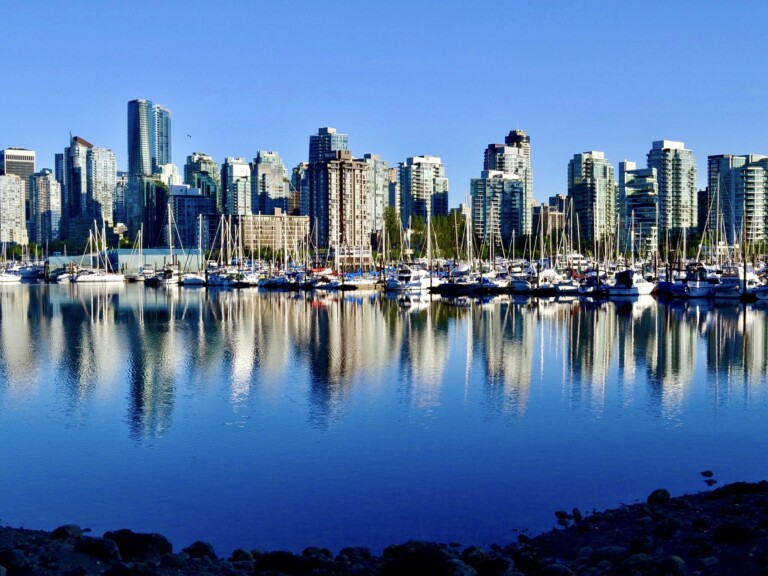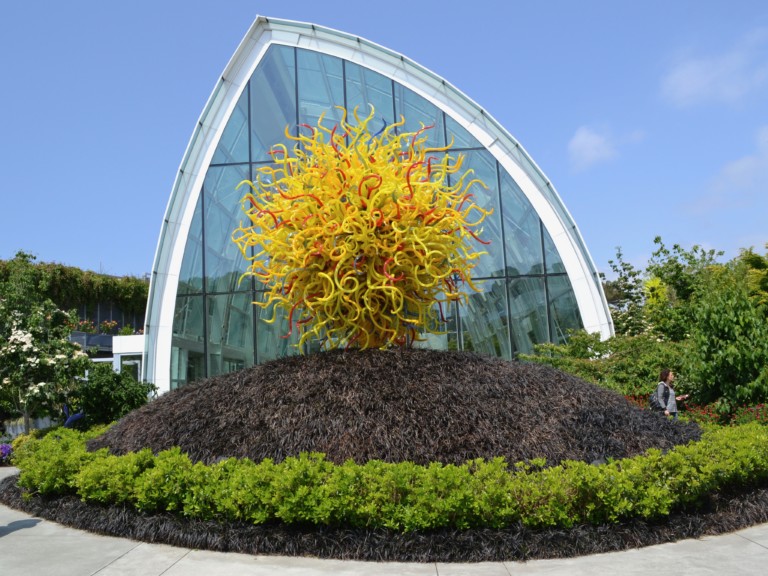The more I try and read about wine-growing methods and vinification, the more I realize just how difficult it is to produce a great wine. The entire science has spawned schools, such as the prestigious program at UC Davis Department of Viticulture & Enology. I like the way that coffee is going in a similar direction. Whereas wine-growing in this precision, with vintages and particular hillsides (cotes) getting distinctive bottling, has been a centuries-old tradition, coffee has a little more in the way of catching up. That’s not a bad thing though, because the best methods for each particular growing area proliferate based on the needs of the world’s best roasters. By that I mean that education from the roaster’s point of view allows small-time coffee producers to improve their equipment and methods so that the end result is simply better. The coffees produced better reflect the terroir, or natural flavor elements of a particular soil or “sense of place.”
The idea isn’t even revolutionary by current “forefront” roasters (I’m purposely eschewing the term “third wave”). George Howell, the founder of Terroir Select Coffees, instituted (among others) the Cup of Excellence program in various countries (an annual competition in each country to determine some of the best coffees that year), and has been a proponent of the natural terroir of coffee. But Howell’s been doing this for a long time – decades in fact. Why hasn’t the average consumer realized this? I think in some part the average consumer knows certain terms, such as “Fair Trade” or perhaps even “Direct Trade.” The term “fair trade” implies that the coffee was procured in a manner that’s best for all parties. Direct Trade goes a step further and implies that the roaster procured the coffee straight from the producer, with the economic benefits that might go toward a middleman (negociant in the French wine system) getting maximized for the producer and roaster.
I’m certain that other roasters practice this, but Intelligentsia has done a very good job of promoting Direct Trade, not just for one year but for many years. In fact, I remember first trying El Salvador’s Los Inmortales as well as the upcoming Honduras Las Tortugas coffee many years ago when Intelligentsia first opened in Los Angeles. This year we get two “cotes” from Los Inmortales’s Finca Matalapa (Finca means “estate” in Spanish), a farm that was originally planted in 1913, and is run by one of the founder’s descendants. Victoria Dalton-Diaz and Finca Matalapa has been working with Intelligentsia for 7 years, during which they’ve been able to, “attain first rate quality starting with identifying and cupping each freshly harvested and processed lot day by day to be able to achieve strict quality control and learn to discern the nuances between coffees from the same finca but from different areas or tablones.” In addition to improved agricultural practices, these coffee producers are able to achieve a level of quality that they’ve perhaps never before seen.
As a consumer, I sometimes wonder what value this brings to the cup. Because in the end, what matters is the end result. I’ve been brewing some of this El Salvador Finca Matalapa Puerta Zapa for the last week and just seeing the flavors develop day by day shows me the true potential of a great coffee that’s grown in ideal conditions. I’m just starting to taste Finca Matalapa’s El Pino, which is a different lot than the Puerta Zapa. The flavors are distinctly different – both have buttery mouthfeels but El Pino has a bit more levity, brightness in the cup that makes it almost juicy and refreshing.
The elements come together on Intelligentsia’s package, which I think makes an obvious connection to a classic wine label. On it, you’ll see the name of the coffee, with its region and producer clearly on display. Underneath you’ll see the altitude, date of harvest, producer, and exact roast date. You’ll also see some tasting notes that sometimes border on high-falutin, but I think the comments are earnest and helpful. I appreciate seeing all of these elements because as consumers we can realize what factors are involved with making a great coffee. Stumptown also does this with their card inserts.
There are many other steps along the supply chain such as the storage, roasting, and brewing, but we’ll save those topics for another post. Until then, we’ll have to settle with savoring the some of the best grown coffee we can get by learning more about what happens at the producer level.









Blog Comments
TreasureLA
April 28, 2011 at 3:45 PM
I don’t think Direct Trade has caught on much among the general public, but I’m glad that “Fair Trade” is pretty widely-known.